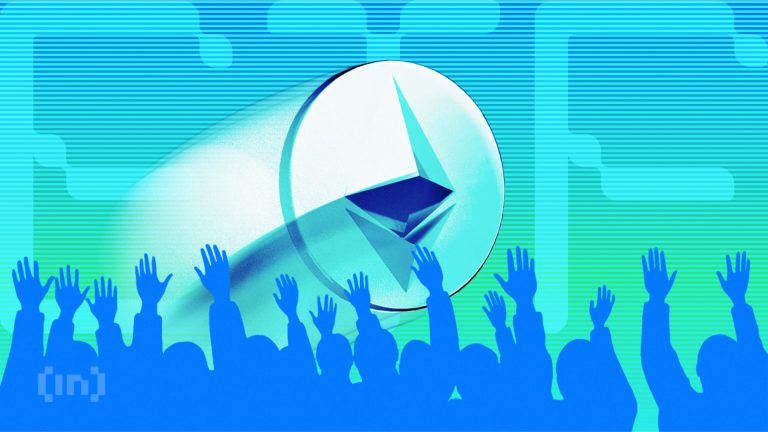
The Future of Work: Trends to Watch in 2025
The future of work is rapidly changing, and it’s essential to stay ahead of the curve. The Future of Work is becoming increasingly important, and understanding the trends that will shape it is crucial for success. In this article, we’ll explore the top trends to watch in 2025, including remote work, artificial intelligence, and automation.
Section 1: Introduction to the Future of Work
The way we work is changing at an unprecedented rate. Technological advancements, shifting workforce demographics, and evolving employee expectations are all contributing to a new landscape of work. As we look to the future, it’s clear that the traditional 9-to-5 office job will become a thing of the past. Instead, we’ll see a rise in remote work, flexible schedules, and a focus on work-life balance.
So, what can we expect from the future of work? Here are some key trends to watch in 2025:
Trend 1: Remote Work
Remote work is becoming increasingly popular, and it’s easy to see why. With the advancement of technology, it’s now possible to work from anywhere, at any time. This flexibility is attractive to many employees, and it’s also beneficial for employers, who can save on office space and utilities.
Trend 2: Artificial Intelligence
Artificial intelligence (AI) is another trend that’s set to shape the future of work. AI has the potential to automate many tasks, freeing up human workers to focus on more creative and strategic tasks. However, it also raises concerns about job displacement and the need for workers to develop new skills.
Section 2: The Impact of Automation
Automation is a key trend in the future of work, and it’s set to have a significant impact on many industries. While automation has the potential to increase efficiency and productivity, it also raises concerns about job displacement. As machines and algorithms take over routine tasks, human workers will need to develop new skills to remain relevant.
So, what can workers do to prepare for an automated future? Here are some tips:
- Develop skills that are complementary to automation, such as creativity, problem-solving, and critical thinking.
- Focus on industries that are less likely to be automated, such as healthcare, education, and social work.
- Stay up-to-date with the latest technological advancements and be willing to learn new skills.
Section 3: The Rise of the Gig Economy
The gig economy is a trend that’s been growing in recent years, and it’s set to continue in 2025. The gig economy refers to a labor market characterized by short-term, flexible work arrangements. This can include freelance work, contract work, and temporary jobs.
The gig economy offers many benefits, including flexibility and autonomy. However, it also raises concerns about job security and benefits. As the gig economy continues to grow, it’s essential to address these concerns and create a more stable and secure environment for gig workers.
Section 4: The Importance of Work-Life Balance
Work-life balance is becoming increasingly important, as workers seek to balance their professional and personal lives. With the advancement of technology, it’s now possible to work from anywhere, at any time. However, this flexibility can also lead to burnout and the blurring of boundaries between work and personal life.
So, how can workers achieve a better work-life balance? Here are some tips:
- Set clear boundaries between work and personal life.
- Prioritize self-care and take breaks throughout the day.
- Learn to say no and delegate tasks when necessary.
Section 5: Conclusion
In conclusion, the future of work is rapidly changing, and it’s essential to stay ahead of the curve. By understanding the trends that will shape the future of work, we can prepare ourselves for the challenges and opportunities that lie ahead. Whether it’s remote work, artificial intelligence, automation, or the gig economy, it’s clear that the future of work will be shaped by technological advancements, shifting workforce demographics, and evolving employee expectations.






